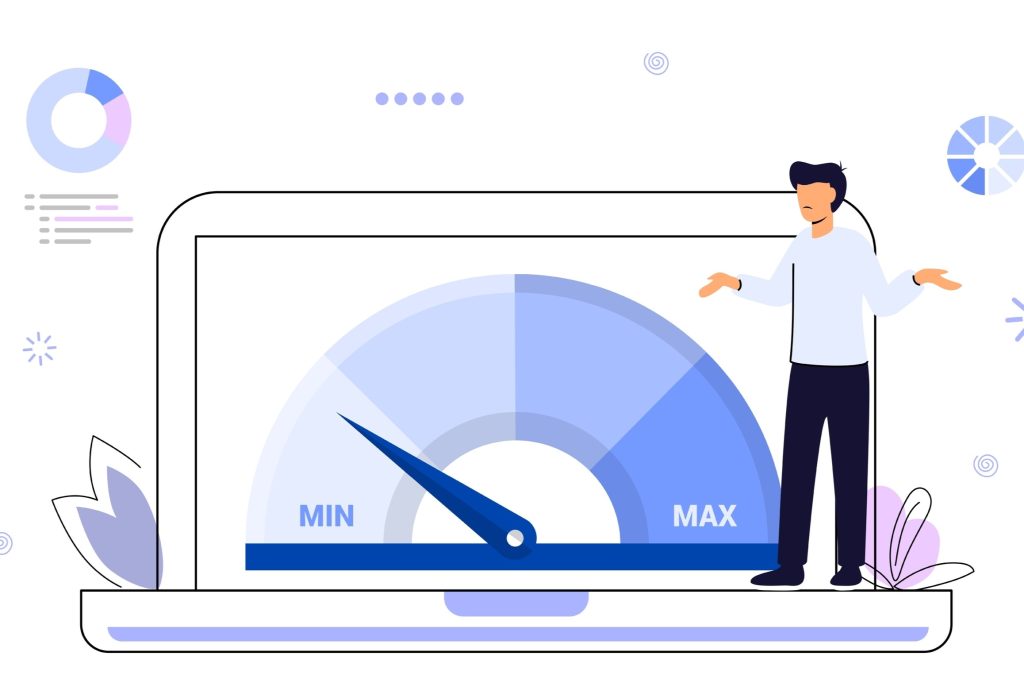SITE SPEED MONSTERS
In today’s digital age, where attention spans are short and competition is fierce, the speed of your website can make or break the user experience. Slow-loading websites frustrate visitors and can lead to higher bounce rates, loss of revenue, and diminished search engine rankings. To ensure your website performs optimally, it’s essential to identify and address common errors that can hinder its speed. In this article, we’ll explore 12 prevalent website errors related to site speed and provide practical solutions to help you boost your website’s performance.

Poor Server Response Time
Slow server response times can significantly impact site speed. Upgrade your hosting plan to a faster server, optimize server configurations, and leverage caching mechanisms to improve response times. Consider using a content delivery network (CDN) to distribute content across multiple servers worldwide, reducing latency for users.
Large Image Sizes
Images are often the biggest culprits when it comes to slow-loading websites. Uploading images with large file sizes or dimensions can significantly increase load times. To remedy this, optimize images for the web by compressing them without sacrificing quality. Utilize image formats like JPEG or WebP, and consider lazy loading images to defer offscreen images until they are needed.
Uncompressed Resources
Failure to compress resources such as images, CSS, and JavaScript files can result in slower load times. Enable Gzip compression on your server to reduce file sizes and speed up page loading. Additionally, minify CSS and JavaScript files to remove unnecessary characters, comments, and whitespace, thus optimizing their delivery to users.
Excessive HTTP Requests
Having too many HTTP requests can overload the server and delay page rendering. Combine and minify CSS and JavaScript files to reduce the number of requests. Consider using CSS sprites to combine multiple images into a single file, thereby minimizing HTTP requests and improving load times.
Render-blocking JavaScript and CSS
JavaScript and CSS files that block rendering can hinder the display of content on the page. Optimize your code and utilize asynchronous loading techniques to allow critical content to render without delay. Placing non-essential scripts at the bottom of the page can also prevent them from blocking rendering.
Lack of Browser Caching
Failing to leverage browser caching forces users to download resources repeatedly, increasing load times. Set appropriate cache headers for your assets to enable browsers to cache them locally. This ensures that returning visitors can load your website more quickly by retrieving cached resources from their browser.
Too Many Redirects
Excessive redirects can introduce additional HTTP requests and delay page loading times. Minimize the number of redirects on your website and implement them efficiently to ensure smooth navigation for users.
